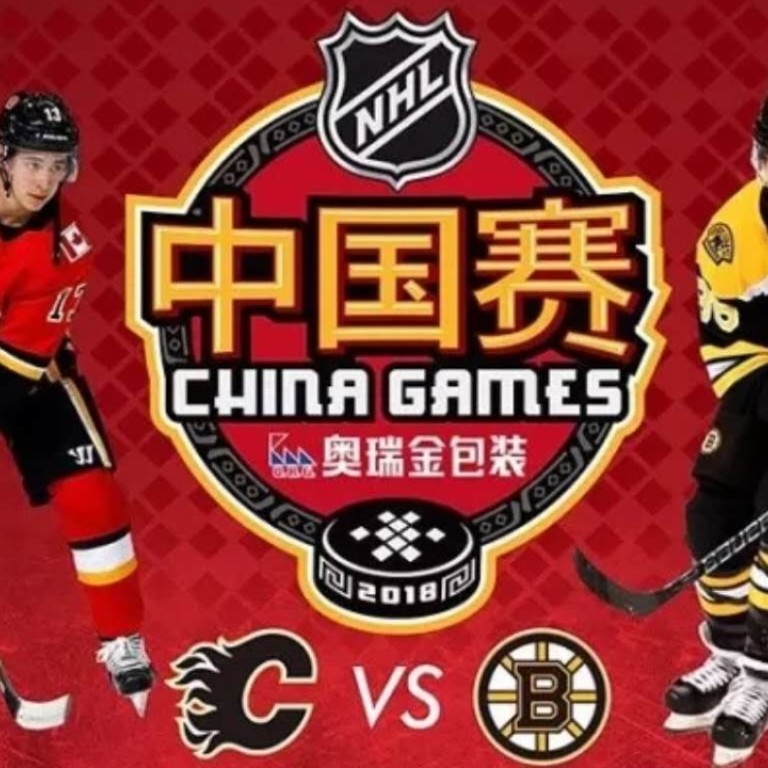
NHL China Games 2018: Boston Bruins battle Calgary Flames in Shenzhen as ice hockey tries to crack Chinese market
National Hockey League executive vice-president feels 2018 China Games contests between Boston Bruins and Calgary Flames will attract new fans
Two of the National Hockey League’s (NHL) most decorated teams will square off in Shenzhen, China, this year in a bid to steer the country into becoming a breeding ground for future ice hockey stars – and the upper brass are extremely confident this time around.
Six-time Stanley Cup champions Boston Bruins and 1989-edition winners Calgary Flames begin their preseason at the 2018 China Games in Shenzhen’s Universiade Centre on September 15 and 19, in what will be the NHL’s first venture in the south-eastern commercial city.
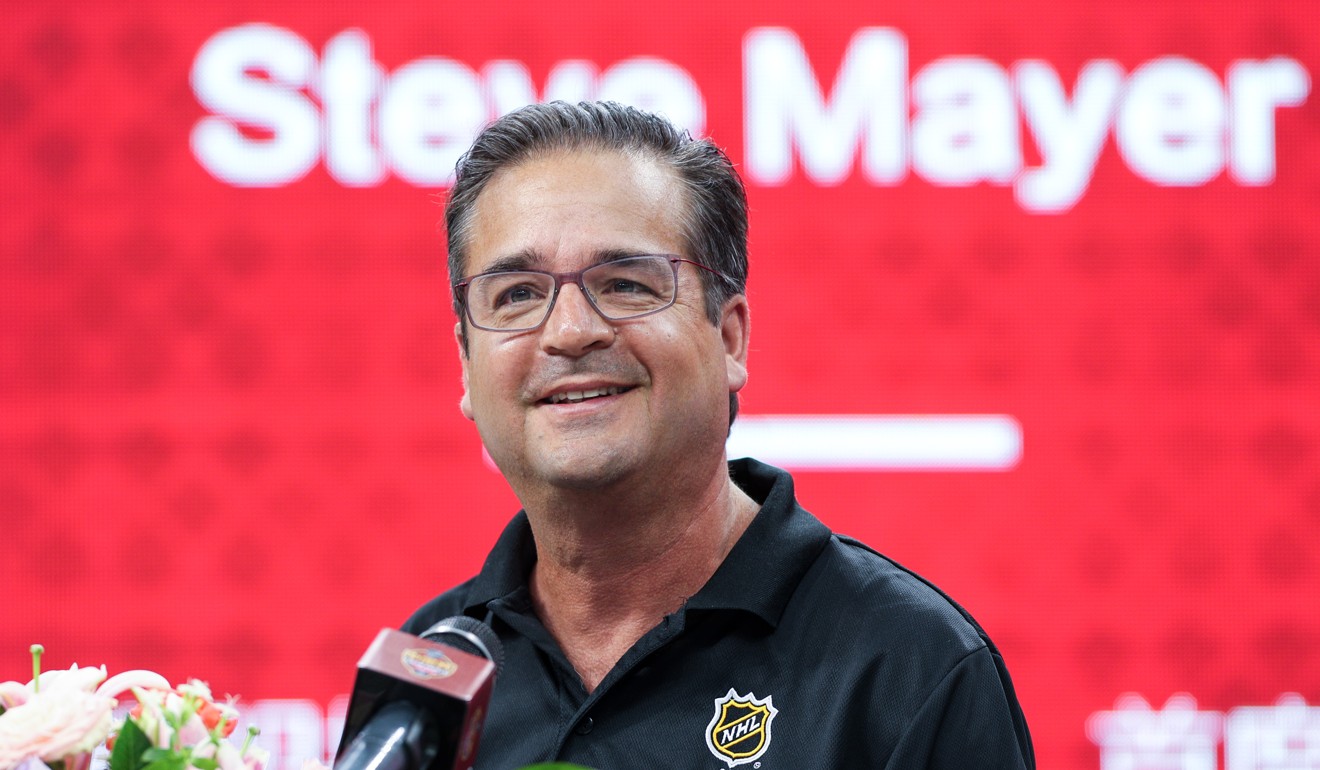
“We were here for the press conference last year – the crowd is so much greater [this time] so you can see that we’re making strides,” said NHL executive vice-president and chief content officer, Steve Mayer, at the official press conference on Monday.
“It’s important for us to move around because the interest for us is to expose the game to as many people as possible – [Shenzhen] is such a progressive city with so many people.”
Mayer, a nine-time Emmy Award winner for his roles in producing several US television network sports specials, is positive China has the infrastructure and talent to develop into a future hockey nation and cites Toronto Maple Leafs starlet Auston Matthews’ rise through the ranks.

“Why can’t we get somebody right now who sees what we’re doing, who wants to play hockey, who we put the proper people in place to teach the children of China the game … next thing you know we have NHL players from China – many of them,” he said.
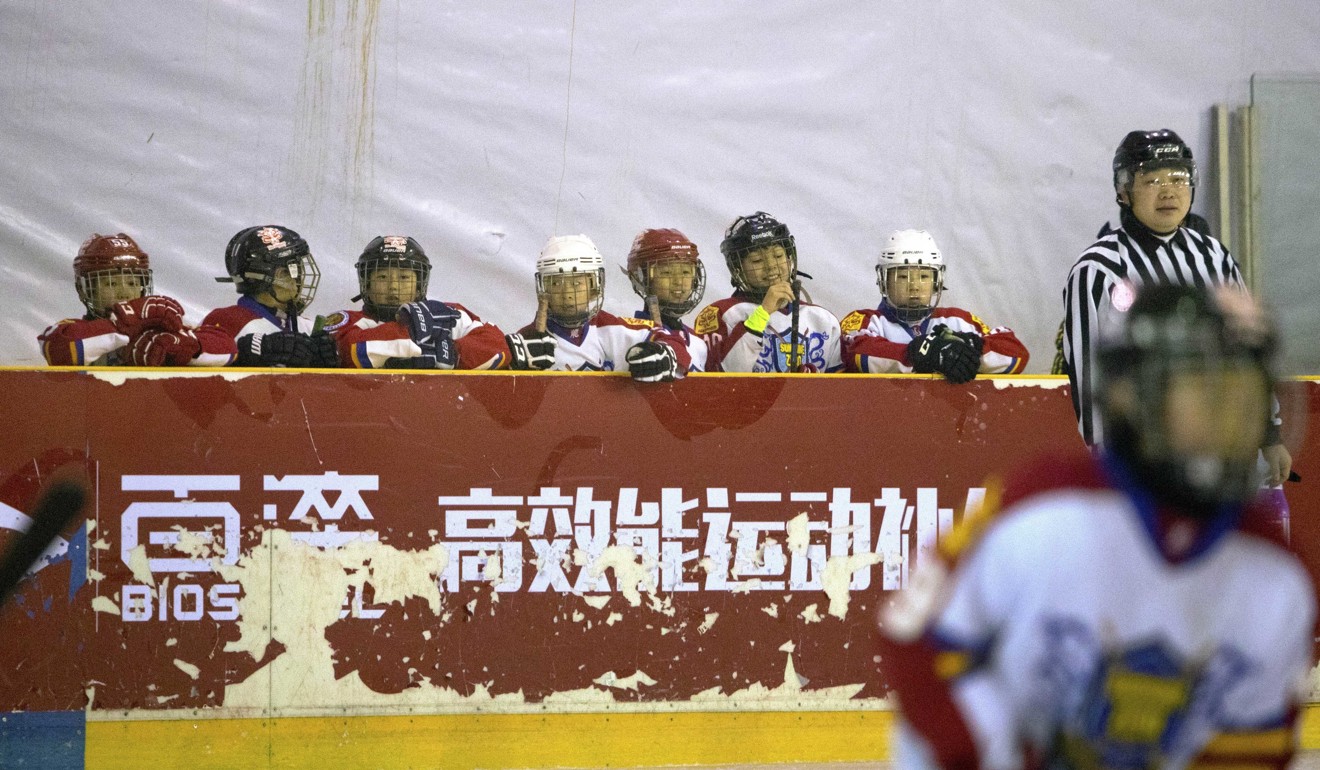
Yet there is only one pro team – HC Kunlun Red Star in Russia’s Kontinental Hockey League (KHL) – and a handful of talent in Andong Song (the first Chinese-born player to be drafted into the NHL), Zachary Yuen (the first player of Chinese descent in the NHL), Rudi Ying (the first Chinese-born KHL player), Joshua Ho-sang (the highest NHL draft pick of Chinese descent) and highly-touted teen Jett Woo, a fresh 2018 NHL Draft pick by Vancouver Canucks.

“You have to have the proper infrastructure and coaching in order to come up with these next great players. We’re going to see that naturally.”
Legendary ex-Flames player and current assistant coach, Martin “The Eliminator” Gelinas, was pleasantly surprised by the standard of ice hockey he saw during his Shenzhen reconnaissance over the weekend.
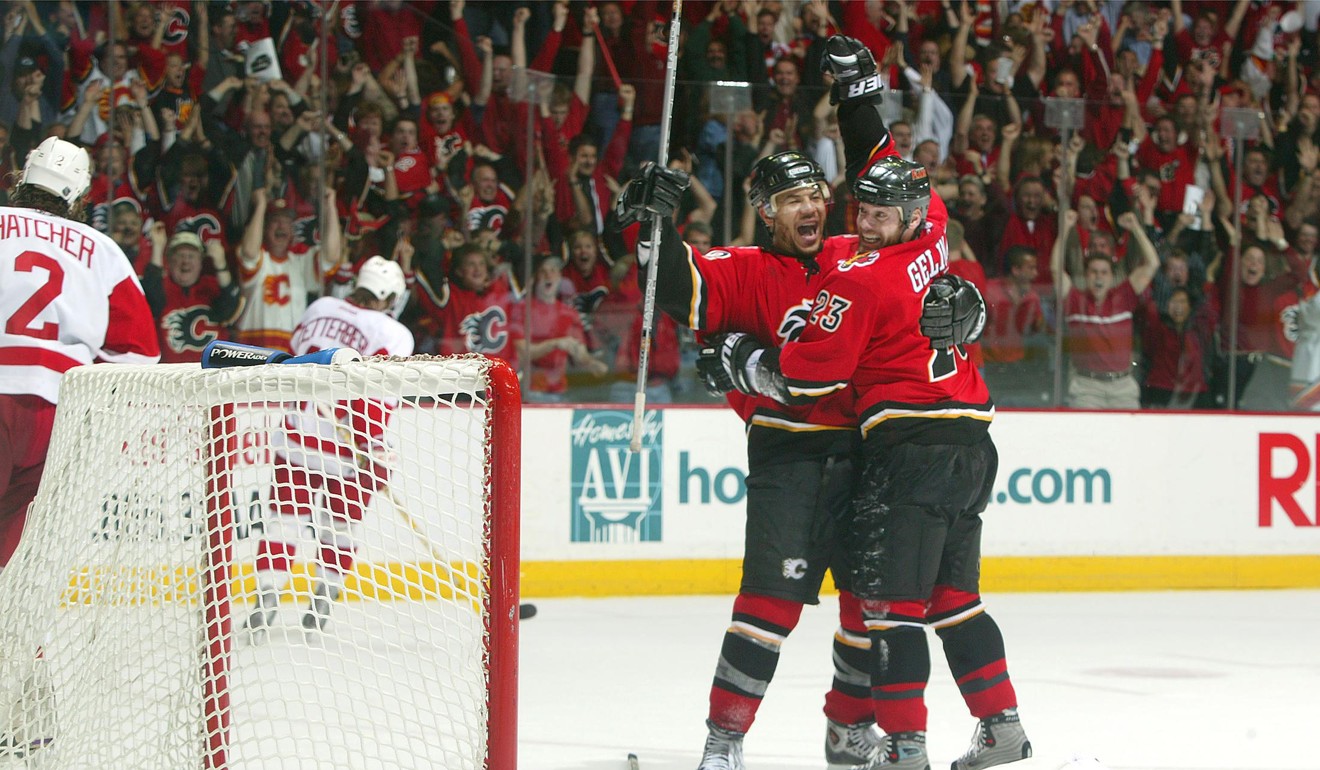
“There’s enough people here but it needs to be organised in a fashion that you can develop the players. One of the [local] coaches was telling me that when you’re starting as a kid here you go to an organisation, but if you don’t like it you just move to another one … once you have a structure in place where ‘this is your club, this is your level,’ then you’ll see more.
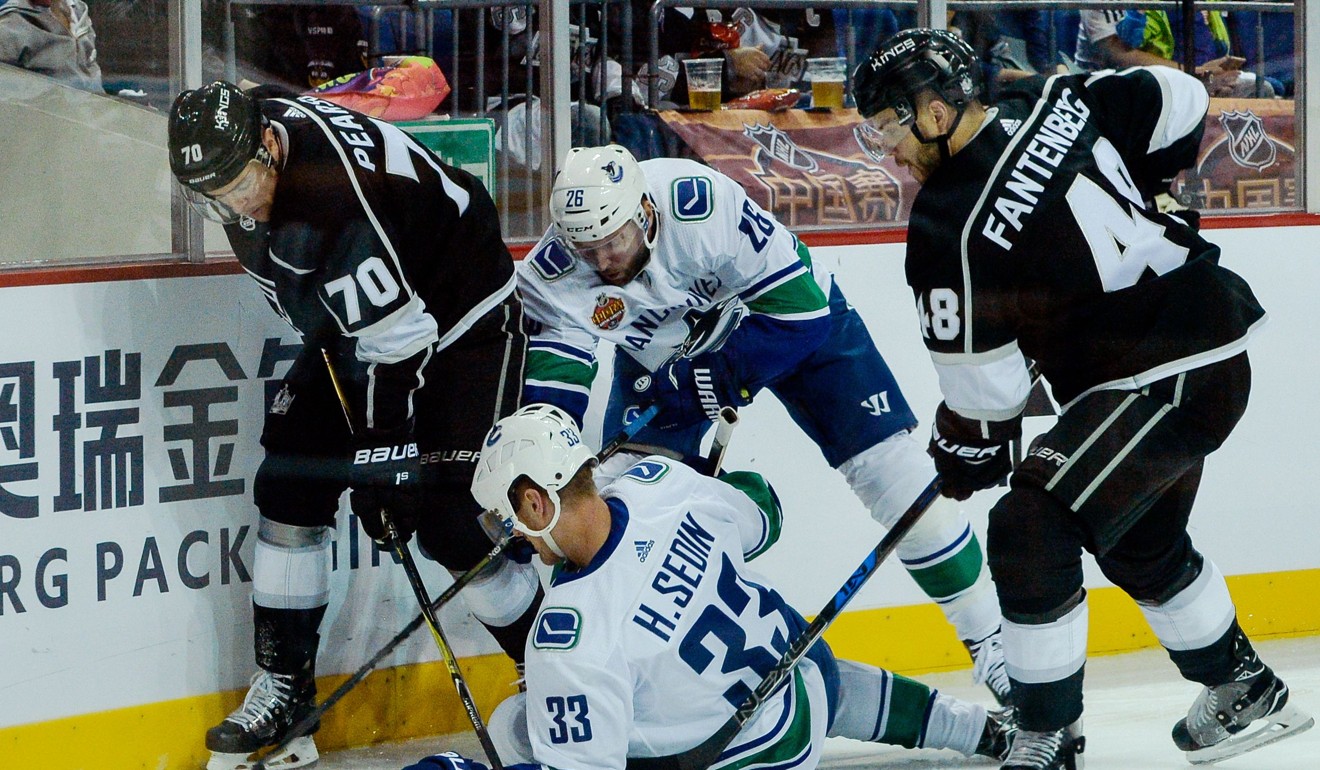
Mayer concluded that while he “selfishly” hopes to bring some of NHL’s brand, style and rules of hockey to the Mainland, the most important factor is local engagement and interest.
“This is across the board. We just want people playing hockey – we don’t care if they’re playing on ice, you can be playing street, roller, any form – and develop not just the next great NHL player, but fans.
“You want people who will like the game and you gotta get people to the arena. Las Vegas, Nashville … these are places that never had hockey, but within the last few years, because of the excitement you have from new and dedicated fans, it shows what you could do here.”

